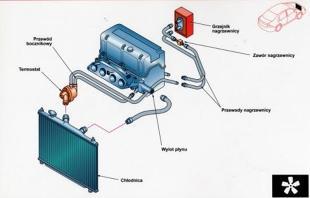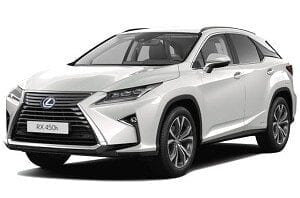
close radiator?
 At sub-zero temperatures, the engine warm-up time is much longer than in summer. That is why many drivers close the radiator.
At sub-zero temperatures, the engine warm-up time is much longer than in summer. That is why many drivers close the radiator.
Winter is fast approaching. At sub-zero temperatures, the engine warm-up time is much longer than in summer. Therefore, many drivers cover the radiator to reduce this time. However, this should be done wisely so as not to overheat the engine.
The cooling system in modern engines is designed in such a way that it must provide the correct engine temperature in hot Africa and cold Scandinavia, without any additional action on the part of the driver. If it is working properly, there will be no problems with overheating. heating the unit in severe frosts.
heating the unit in severe frosts.
However, if it is clearly seen that the engine warm-up time is very long in winter, or the engine never reaches its operating temperature, the cause may be a faulty thermostat that does not close completely and thus uses the full capabilities of the radiator. which are not needed in winter. However, with a working cooling system, there is no need to close the radiator, because when the engine is cold, a small circuit of the cooling system operates, in which the heater is included. The time to reach operating temperature should not be much longer than in summer.
Problems can arise in older designs, where the warm-up time of the engine in winter is actually very long, even with an efficient thermostat. Then you can cover the radiator, but only partially, never cover it completely. Covering the entire radiator can  cause (for example, when parking in a traffic jam) the engine overheats even in cold weather, since the fan will not be able to cool the liquid. The reason will be the lack of air flow. You can cover up to half of the radiator so that the fan can cool the liquid. It is best to close the grille, not the radiator itself, so that the shutter is at a distance from the radiator. Then even with complete obstruction there will be an influx of air. For many cars, you can buy special radiator shutters that cover only a small part of the radiator, so you can not be afraid of overheating.
cause (for example, when parking in a traffic jam) the engine overheats even in cold weather, since the fan will not be able to cool the liquid. The reason will be the lack of air flow. You can cover up to half of the radiator so that the fan can cool the liquid. It is best to close the grille, not the radiator itself, so that the shutter is at a distance from the radiator. Then even with complete obstruction there will be an influx of air. For many cars, you can buy special radiator shutters that cover only a small part of the radiator, so you can not be afraid of overheating.
Some cars from the 80s had mechanical radiator shutters controlled manually by the driver or by a thermostat. If the engine was cold, the damper was closed and the air flow was minimal, and when it got hot, the damper was open and there was no fear of overheating. Currently, due to the good refinement of cooling systems in passenger cars, there are no such solutions, they can only be found in some trucks.
